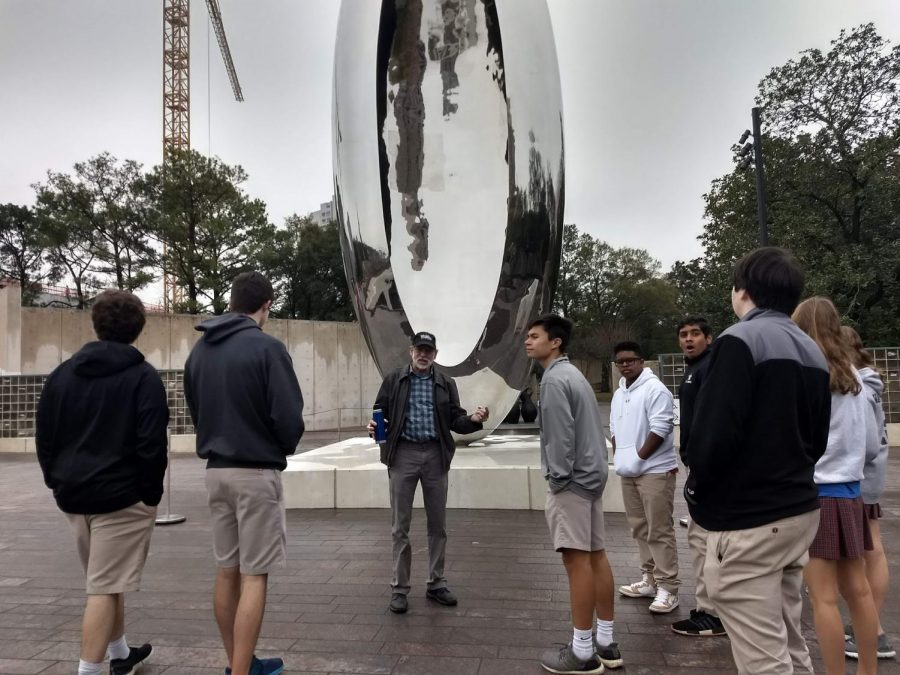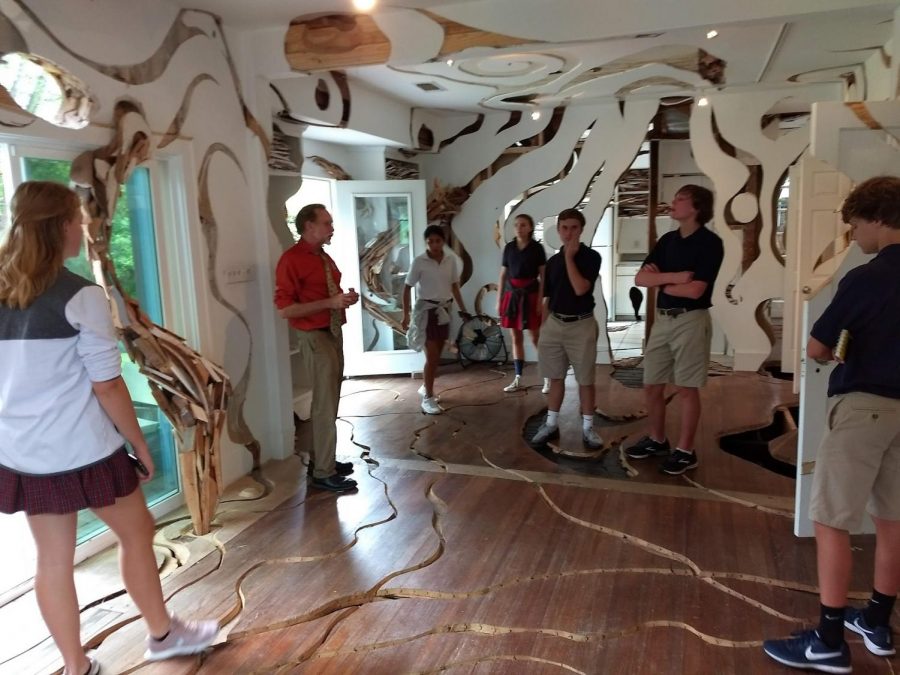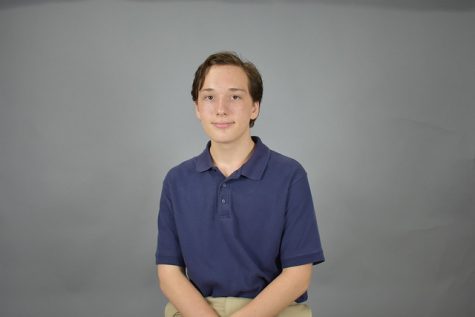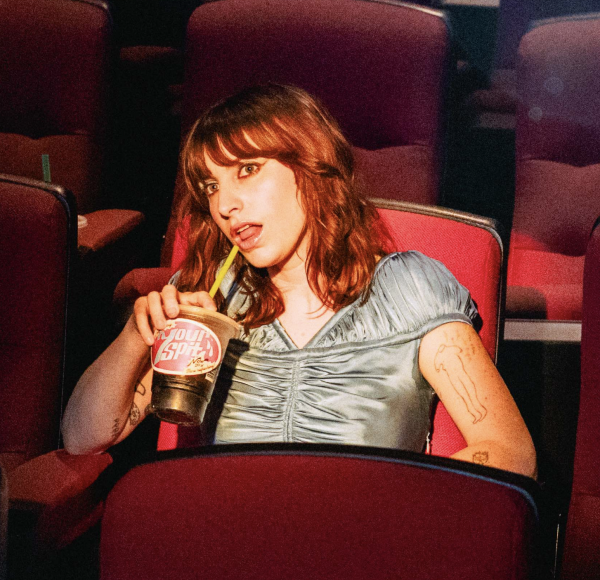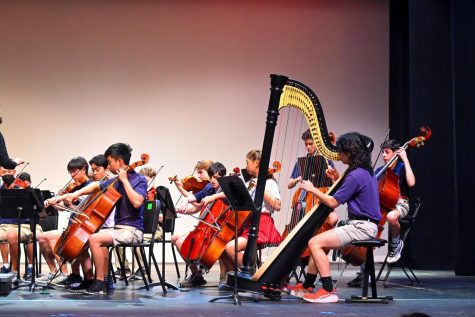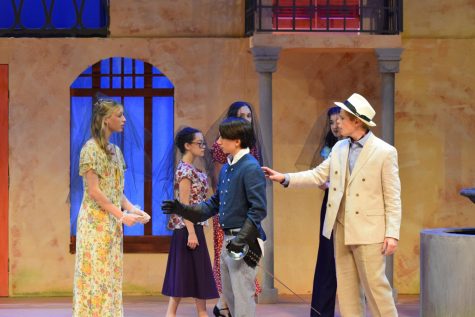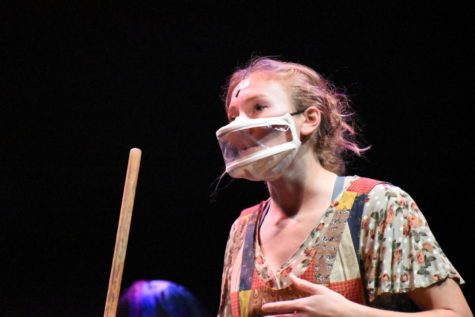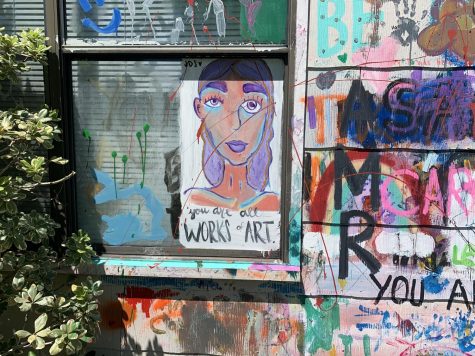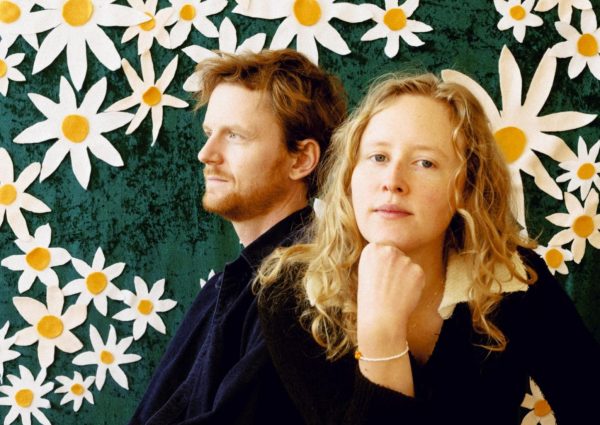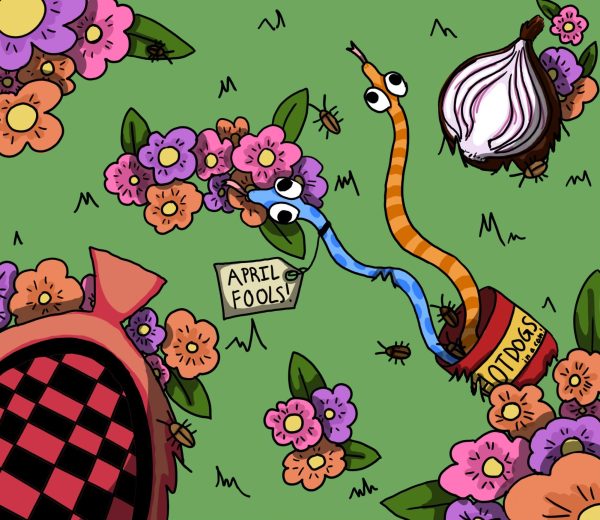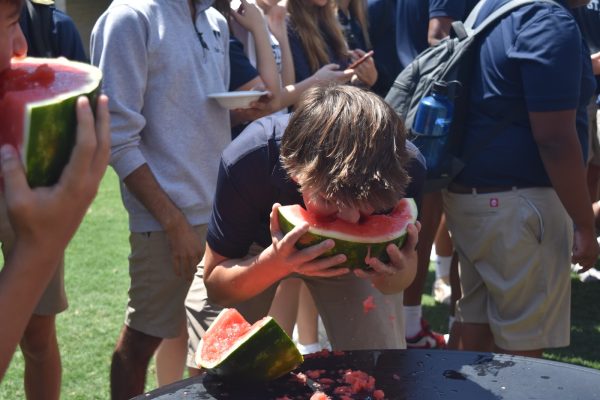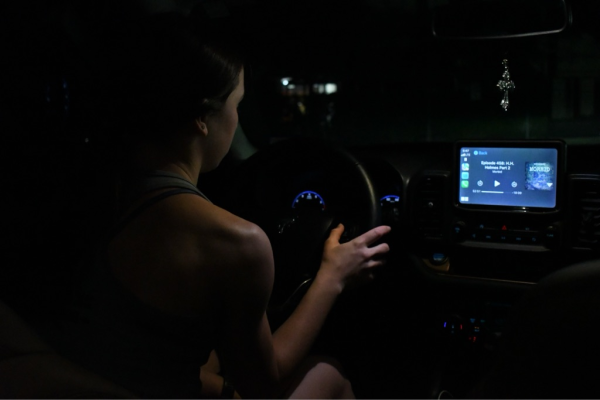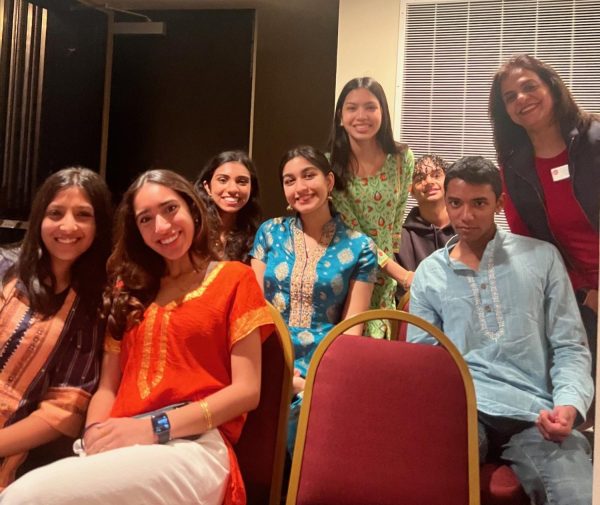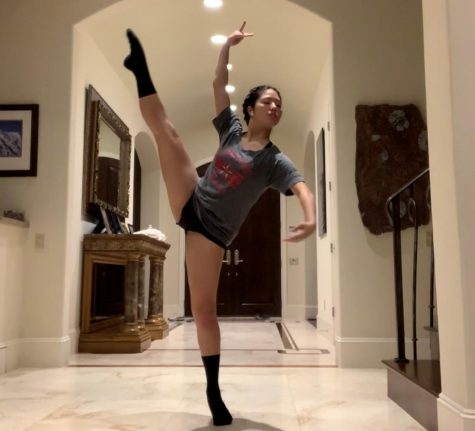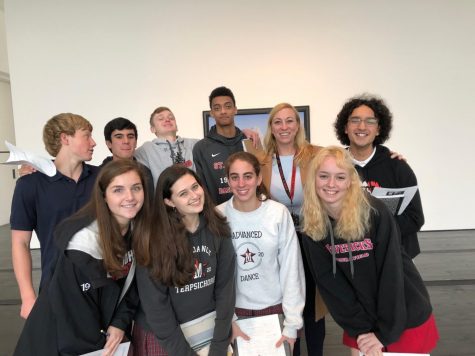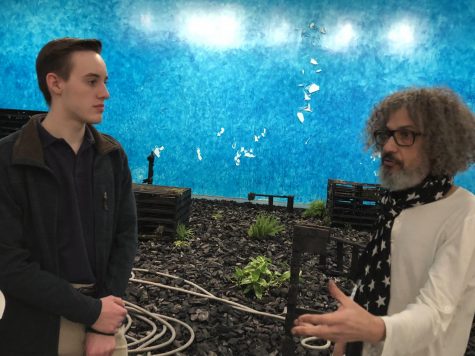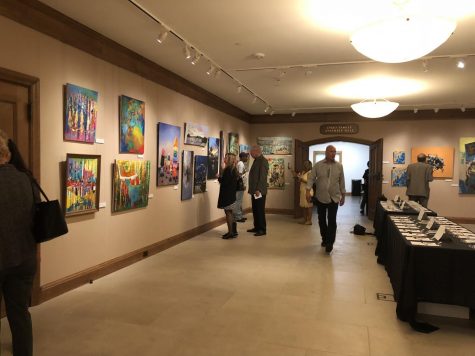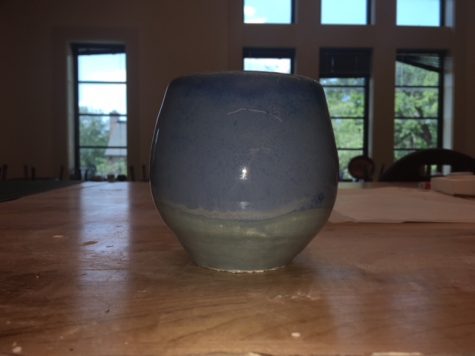Art and architecture classes visit local museums, art installations
Havel talks to students about the piece “Cloud Column” outside the Glassell School of Art.
The small, old house in the middle of the park would have looked rather ordinary were it not for its strong resemblance to a block of Swiss cheese. As students peered through the circular holes that peppered the structure, they listened to art teacher Dan Havel explain the artistic elements present in his public art piece: Open House.
On Jan. 31 and Feb. 1, Havel’s Architecture, 2D Art and 3D Art classes ventured out into the Houston Museum District to explore local museums and art installations, including the Menil Collection and the Glassell School of Art. For the 2D Art and 3D Art classes, the trip focused on the artistic styles and techniques used on pieces within the museums, while the Architecture class’s trip focused on understanding how architects approach the creation of a building.
Havel said that visiting the museums gave the students a unique perspective on the art that they had been studying in class.
“The experience of going out and seeing art is important,” Havel said. “It resonates with you more than looking at the Menil Collection on their website. To physically walk in and see the space really changes the way you think about the art.”
The Menil Collection is home to over 17,000 works of art across its 30-acre campus. Besides general information, such as the artist’s name and release date, the museum provides no additional context for the pieces — the viewers are meant to interpret each one in a unique way.
The Menil Collection also invites multiple artists annually to display their pieces in a temporary exhibition. The students had the opportunity to visit an installation by Texas native Trenton Doyle Hancock, which featured a series of 30 comic-strip-style illustrations.
Hancock’s composition seeks to confront racial injustice in America and exposed the students to a unique style of art.
“Hancock’s installation at the Menil handled a very serious situation,” freshman Hannah Garrou said. “It was interesting because this was heavily contrasted by how he chose to paint it in lighthearted cartoons and comics.”
Each museum that the students visited hosted a different selection of unique material. The private Menil Collection had just reopened after renovations and showcased a wide assortment of art ranging from tribal masks to contemporary art. The Glassell School of Art featured pieces produced by current students, local artists and Glassell alumni.
The students were also able to examine an installation, Open House, by Havel Ruck Projects, a collaboration between Havel and his colleague Dean Ruck. Havel Ruck Projects primarily takes small, old houses that would otherwise be torn down and transforms them into unique pieces of art.
“I was excited to show my students a little bit of what I do outside of the classroom myself and to show them that I actually practice what I teach,” Havel said.
Havel said that these field trips are an invaluable experience as they provide something students cannot learn in a classroom. Since they cannot occur regularly, Havel has formulated other ways to gain a similar kind of exposure. In the fall, for instance, his 3D Art class participated in an hour-long workshop led by Aldo Moroni, a Minneapolis ceramics artist, through a Skype video call.
Havel was left feeling optimistic about the potential of field trips and the diverse art scene of Houston.
“The most important part of all this is to go out there and show the students that Houston has great places to look at art,” he said. “I encourage people to go on out there by themselves, too.”



